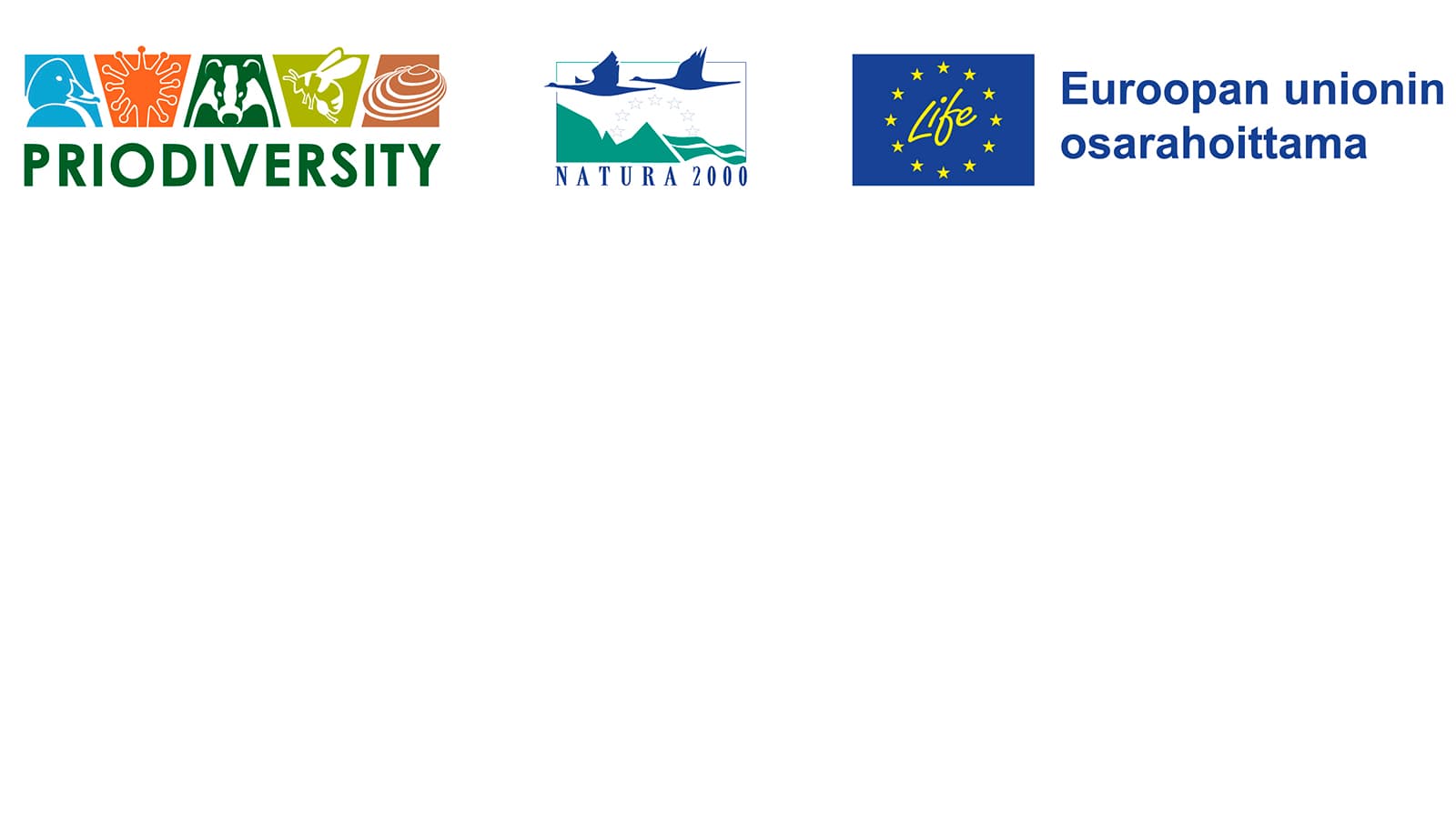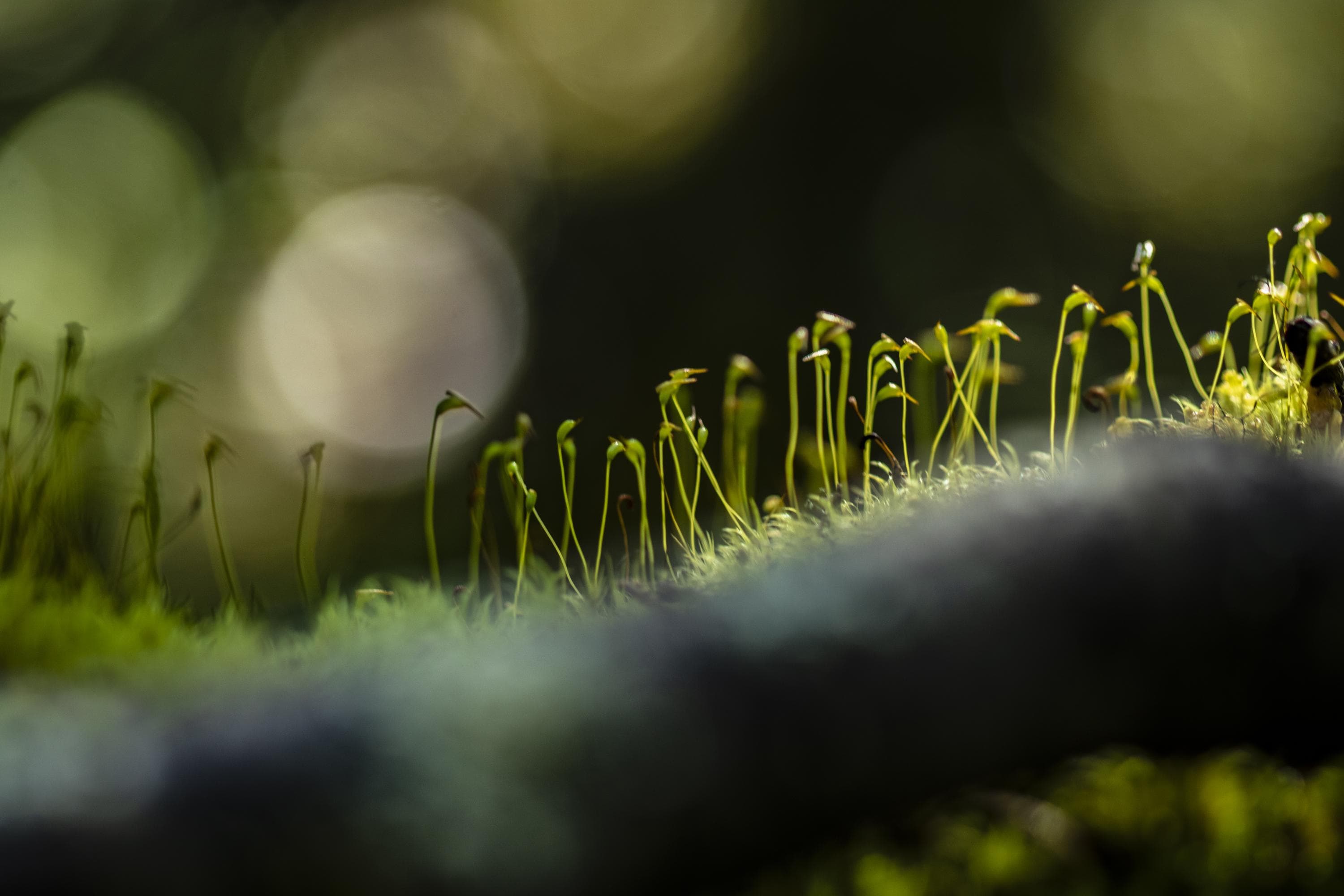For hikers, biodiversity reveals itself best when moving slowly and observing closely. A decaying log, for example, can host an entire miniature world: slime molds, lichens, and insects.
While exploring nature, one may also notice that something has changed. Once-common forest birds like the willow tit and crested tit have become rarer. Mountain hares are declining because their white winter coat no longer provides camouflage in snowless winters. Roadside meadows have disappeared under invasive lupines, and fewer insects now hit car windshields – a sign of declining pollinator populations.
The main cause of biodiversity loss in Finland is human activity: commercial forestry, peatland drainage, construction, invasive species, pollution, and climate change. As habitats shrink and fragment, biodiversity suffers. The more diverse the ecosystems, species, and genetic variation, the better nature can withstand disturbances like storms, heatwaves, and disease.
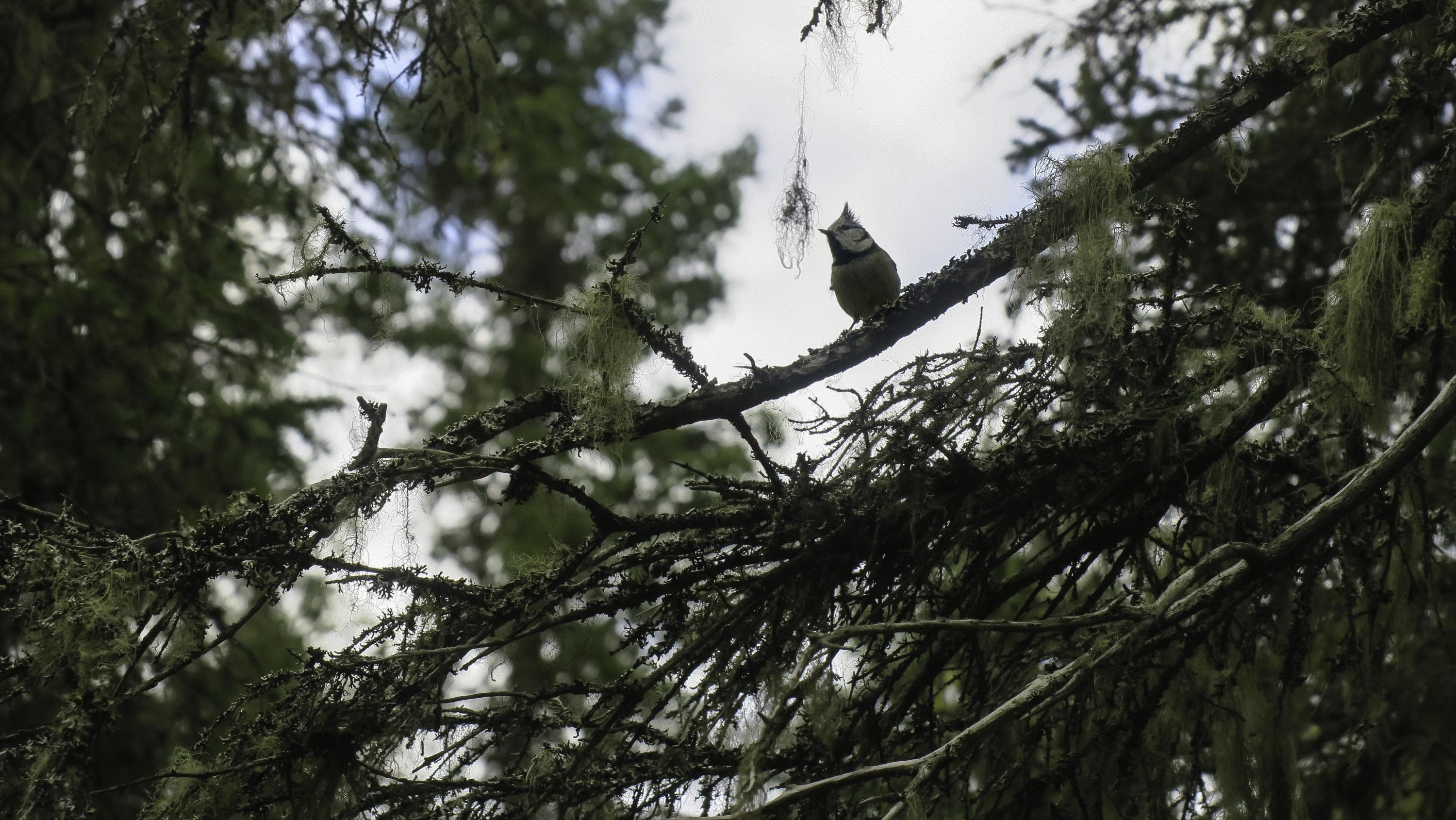
Nature activities deepen understanding of biodiversity loss
“Spending time in nature helps people understand the impacts of biodiversity loss. We form bonds with what we know best. The more familiar people are with nature, the more willing they are to protect it,” says Aurora Prättälä, Senior Conservation Specialist at Metsähallitus Parks & Wildlife Finland.
However, hiking always has an impact. That’s why national parks and recreational areas are carefully planned to protect biodiversity. Trails and structures like boardwalks guide movement in ways that minimize wear and disturbance to sensitive habitats and endangered species.

Hikers may not always realize how their actions affect habitats or species. That’s why national parks have rules and a Outdoor etiquette to help visitors act responsibly.
“When hikers follow the rules and respect nature, conservation benefits. Positive experiences help people appreciate nature. Still, not all areas should be open to recreation – some places must remain undisturbed,” Prättälä explains.
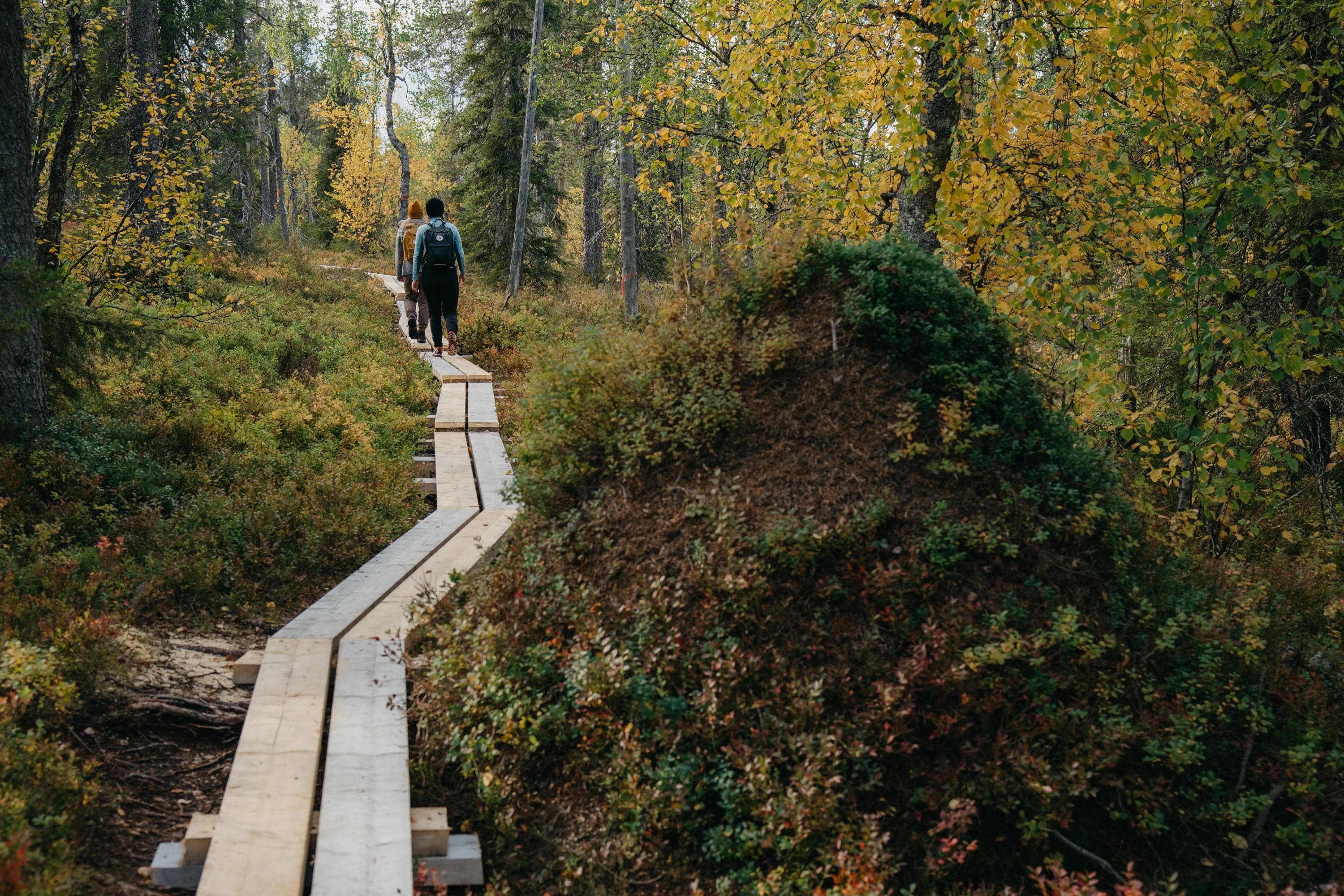
Hikers can help safeguard biodiversity
Biodiversity-promoting actions, such as ecological restoration (metsa.fi), are sometimes visible to hikers. If restoration work is done near trails, routes may be temporarily closed for safety. Landscapes may also change. Blocking ditches in peatlands may look messy at first, but it’s essential for restoring natural water flow. Forest restoration burns can dramatically alter the scenery, making it feel like another planet. Though the forest may appear destroyed, it becomes a haven for fire-adapted endangered species and a feast for woodpeckers searching for insects in dead trees.
While restoration is often led by authorities and experts, individual hikers also play a role. A respectful hiker behaves like a good guest: leaves no trace, avoids disturbance, and appreciates the place they visit. Hiking doesn’t require performance – just pause and observe.
Those who want to contribute more can record their observations in apps like iNaturalist or Muuttolintujen kevät (Spring of Migratory Birds). Every observation helps build knowledge and supports efforts to combat biodiversity loss.
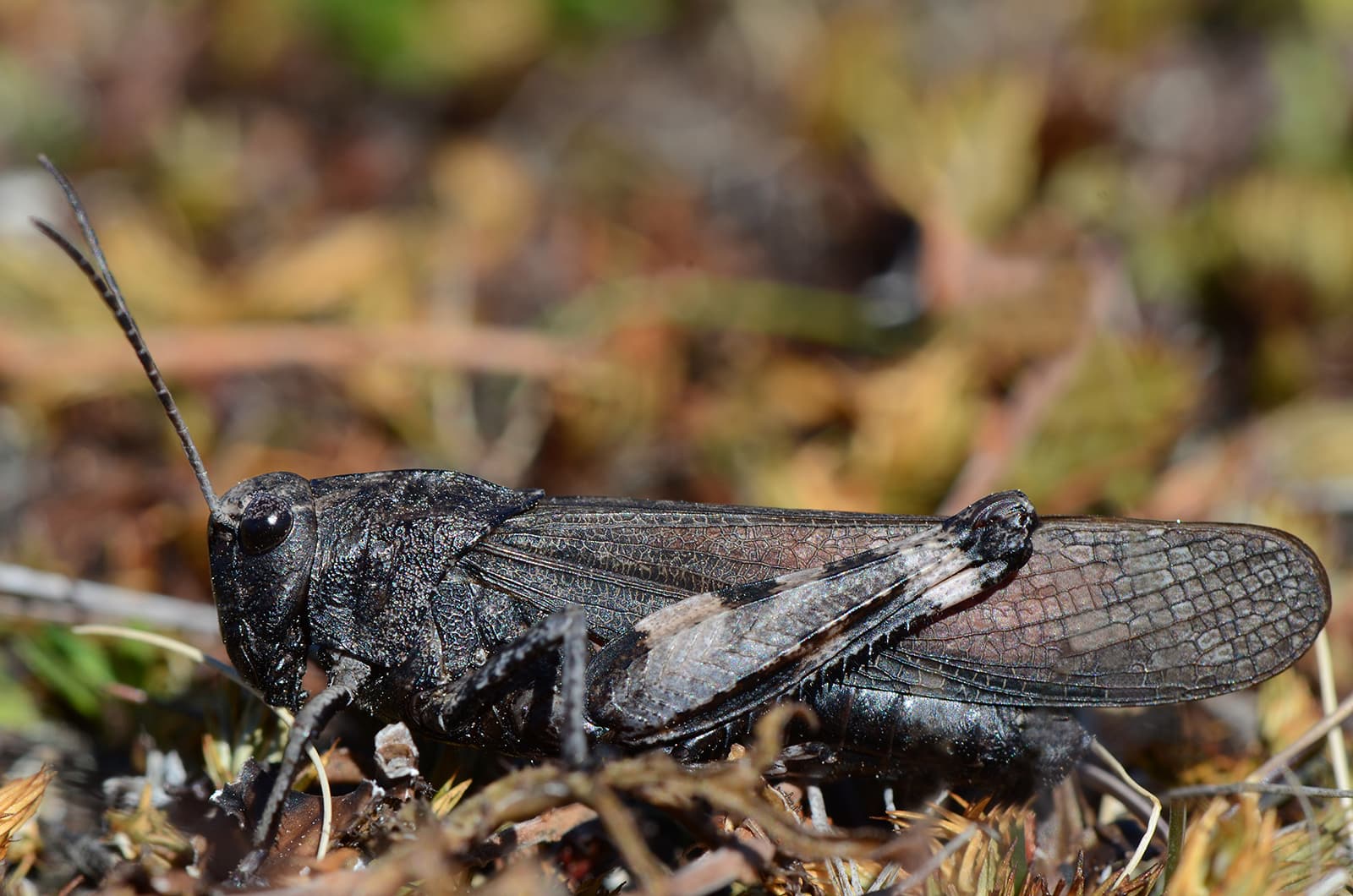
- Priodiversity LIFE (metsa.fi) is the largest project in Finland’s history to halt biodiversity loss. Led by Metsähallitus Parks & Wildlife Finland, the project combines broad collaboration, research, and concrete actions to safeguard biodiversity.
- Ecological networks are strengthened by creating regional biodiversity action plans (ReBAP’s) in eight provinces. These identify biodiversity hotspots and ensure species can move between them. Habitats are improved through restoration of forests, peatlands, inland waters, bird wetlands, and traditional rural landscapes.
- Scientific data guides actions to ensure restoration is targeted where it’s most urgent and effective. The project also develops data collection and management, producing open data on the state of Finnish nature and impacts of restoration to support decision-making.
- Priodiversity LIFE trains new experts in restoration and nature management and promotes the integration of biodiversity values into commercial forestry.
- Since the funding needed to protect biodiversity far exceeds current resources, the project also seeks to increase funding and engage businesses in the effort.
- Priodiversity LIFE enriches biodiversity – the foundation of all life. To ensure nature is protected for future generations, its value must be included in all decision-making.
